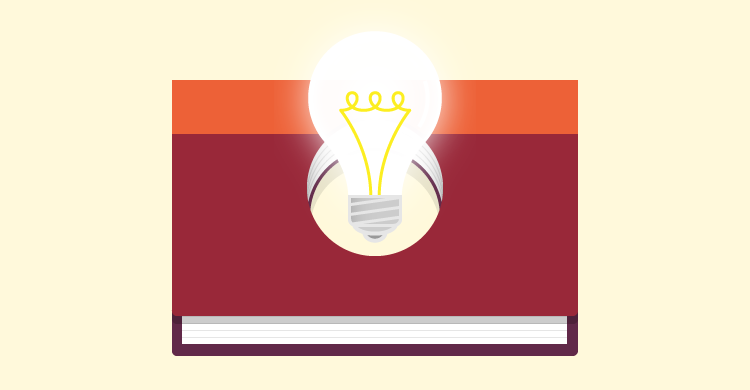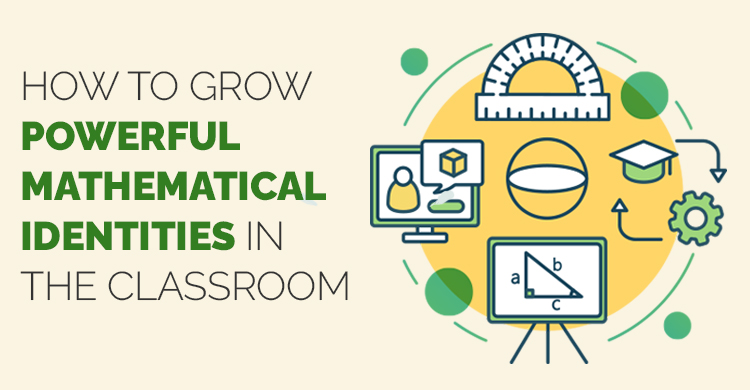Before heading out to parent conferences last winter, I asked my eighth grade son what he was learning in each of his classes. When we got to math, he said “chapter 6.” After asking for what he was learning in chapter 6, his reply came without hesitation, “6.1 to 6.4.” Upon further questioning, he was still unable to tell me anything beyond the chapter and lesson numbers. Exasperated, I asked if he was working with systems of equations (often chapter 6 in an algebra book). Was he solving systems of equations using graphing, substitution, and elimination? With brightened eyes he exclaimed, “Yes, mom – that’s it!”
In my work with collaborative teams of mathematics teachers K–12, I find much effort is put into identifying what students will be doing throughout a unit, typically class activities or lesson numbers, without always a look first at the standards students must learn. Things like, let’s all do lesson 5 or let’s use clicker questions. However, the connection between the activity and what mathematics students are learning is not as clear.
What exactly are students learning and how do the chosen activities help? Do students know where they are in their learning and where they are going? Do they know how to get there? Can they state it meaningfully? Or…is their answer simply “6.1 to 6.4”?
When addressing the four critical questions of professional learning communities, the first question is “What do we expect students to learn?” (DuFour, DuFour, Eaker, Many, Learning by Doing, 2008) Similarly, in Kanold’s ten high leverage team actions, the first is “Making sense of the agreed upon essential learning standards (content and practices) for the unit.” (Kanold et al, Beyond the Common Core: A Handbook for Mathematics in a PLC at Work, 2014)
Teachers make sense of the standards when they come together as collaborative teams and build shared knowledge through unpacking the content standards and standards for mathematical practice for each unit. This meaning is further clarified when teachers create student friendly learning goals or targets for the unit to share with students in advance of the unit.
Unpacking the standards and writing student learning goals allows teachers to answer the following questions:
- What exactly do we want students to know and be able to do?
- What does proficiency of the standard look like?
- How will we later assess student proficiency?
- How will students use learning goals or targets to reflect on their current level of understanding and make informed decisions about the need to learn more deeply?
- How will we analyze data related to the learning goals to design future instruction?
When we first started working in collaborative teams at my high school, I had an “aha” moment related to using learning targets with students. On my turn to work with students after school, an unknown student came in and told me he needed help factoring when the leading coefficient wasn’t one. This was a new experience for me – instead of telling me he had trouble with “math,” being armed with the language he could identify what he was learning!
I have since had similar experiences with students at every grade level – even kindergarten – when teams are clear and share with students learning expectations and use them for instruction, assessment, and reflection.
With a quality use of learning goals or targets, teachers can shift students from simply asking, “What are we doing today?” The focus changes from an emphasis on activities to an emphasis on learning. Then choosing the most effective tasks and activities that provide an opportunity for students to recognize their own learning of those standards is intentional. Students will better know where they are in their learning, where they are headed, and how to get there.
[author_bio id=”354″]






